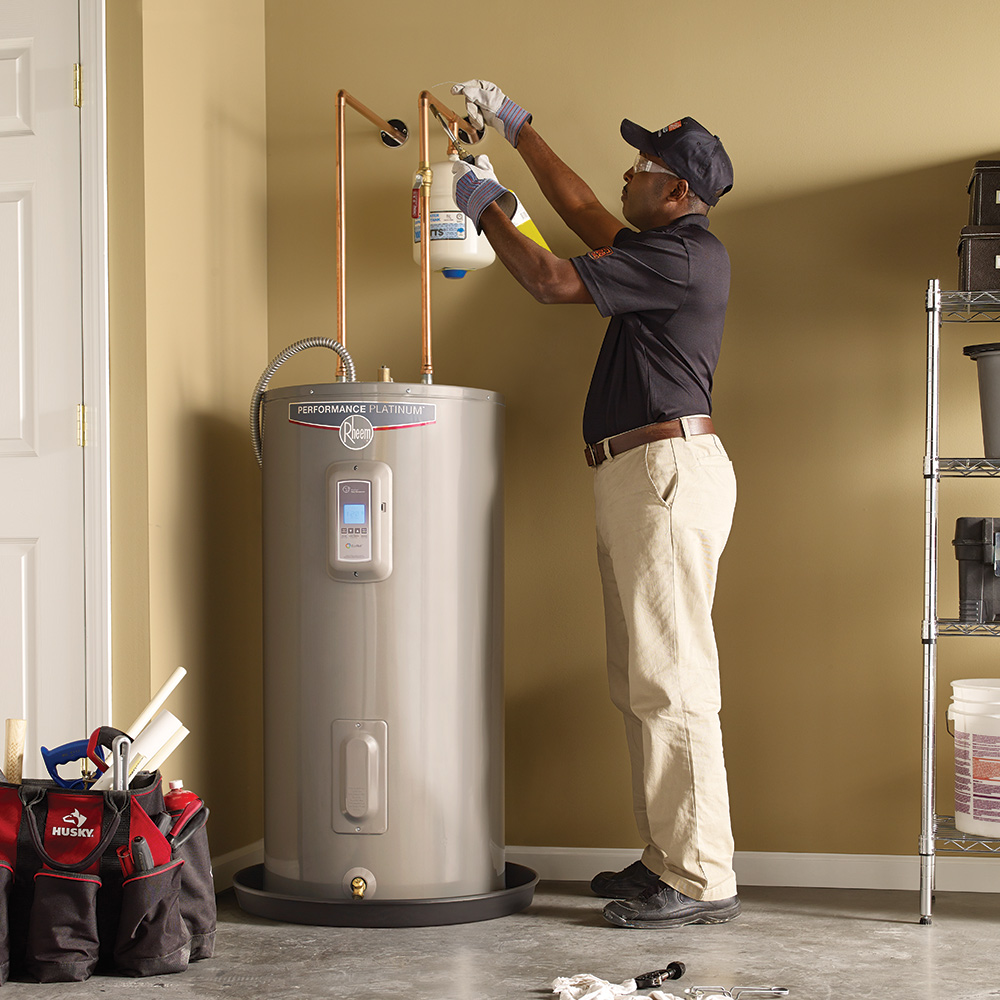How to Effectively Care for Your Home's Hot Water SystemCaring for Your Home's Hot Water System: Key Guidelines
How to Effectively Care for Your Home's Hot Water SystemCaring for Your Home's Hot Water System: Key Guidelines
Blog Article
What are your thoughts and feelings on Tips For Maintaining Your Hot Water Heater?

Warm water is crucial for everyday convenience, whether it's for a refreshing shower or washing dishes. To ensure your hot water system runs efficiently and lasts longer, regular upkeep is vital. This post supplies sensible pointers and insights on how to maintain your home's hot water system to avoid disruptions and pricey fixings.
Intro
Preserving your home's hot water system might appear overwhelming, however with a few straightforward actions, you can guarantee it operates smoothly for years ahead. This overview covers whatever from comprehending your hot water system to do it yourself upkeep ideas and knowing when to hire professional aid.
Significance of Keeping Your Hot Water System
Normal maintenance not just prolongs the lifespan of your warm water system but likewise ensures it runs efficiently. Ignoring maintenance can cause decreased effectiveness, higher power bills, and even early failure of the system.
Signs Your Hot Water System Demands Maintenance
Understanding when your hot water system needs focus can avoid significant issues. Watch out for indicators such as inconsistent water temperature level, strange sounds from the heating system, or rustic water.
Recognizing Your Hot Water System
Before diving right into maintenance tasks, it's handy to understand the fundamental elements of your warm water system. Commonly, this includes the water heater itself, pipes, anode rods, and temperature level controls.
Month-to-month Maintenance Tasks
Regular month-to-month checks can assist catch small problems before they escalate.
Purging the Water Heater
Purging your hot water heater eliminates sediment accumulation, improving efficiency and prolonging its life.
Monitoring and Changing Anode Rods
Anode rods prevent corrosion inside the tank. Examining and replacing them when worn is important.
Checking and Changing Temperature Settings
Changing the temperature level setups makes certain optimal performance and security.
Do It Yourself Tips for Upkeep
You can do several upkeep tasks on your own to keep your warm water system in top problem.
Checking for Leaks
Regularly examine pipes and links for leaks, as these can lead to water damages and higher costs.
Evaluating Pressure Alleviation Valves
Examining the stress relief valve guarantees it works properly and avoids too much stress accumulation.
Protecting Pipelines
Protecting hot water pipes decreases warm loss and can save energy.
When to Call a Professional
While DIY maintenance is advantageous, some issues require professional expertise.
Complicated Concerns Calling For Specialist Help
Examples include major leaks, electrical issues, or if your hot water heater is continually underperforming.
Regular Specialist Upkeep Conveniences
Professional maintenance can consist of complete examinations, tune-ups, and making certain conformity with safety and security criteria.
Verdict
Normal upkeep of your home's warm water system is necessary for effectiveness, durability, and expense savings. By complying with these suggestions and knowing when to seek professional aid, you can make sure a trustworthy supply of warm water without unforeseen interruptions.
How to Maintain an Instant Hot Water Heater
Before tinkering with your hot water heater, make sure that it’s not powered on. You also have to turn off the main circuit breaker and shut off the main gas line to prevent accidents. Also turn off the water valves connected to your unit to prevent water from flowing into and out of the appliance. 2. When you’re done, you have to detach the purge valves’ caps. These look like the letter “T” and are situated on either side of the water valves. Doing so will release any pressure that has accumulated inside the valves while at the same time avoid hot water from shooting out and burning your skin. 3. When the purge valves’ caps are removed, you have to connect your hosing lines to the valves. Your unit should have come with three hoses but if it didn’t, you can purchase these things from any hardware or home repair shops. You can also get them from retail stores that sell water heating systems. Read the user’s manual and follow it to complete this task properly. When the hosing lines are connected, open the purge port’s valves. 4. You should never use harsh chemical cleaners or solutions when cleaning your unit. Make use of white vinegar instead. It should be undiluted and you’ll probably use about 2 gallons. 5. Now flush your water heater. This task should probably take about 40 minutes. We can’t give you specific directions for this because the procedure is carried out depending on the type, model and brand of your heater. With that being said, refer to the user’s manual. 6. When you’re done draining the unit, you have to turn off the purge port valves again. Remove the hosing lines that you earlier installed on each of the water valves. Put the valve caps (purge port) back in their respective places and be very careful so as not to damage the rubber discs that are found inside these caps. 7. Now that everything’s back in place, check your user’s manual again to find out how to reactivate your water heating system. 8. Once it is working, turn one of your hot water faucets on just to let air pass through the heater’s water supply pipes. Leave the tap on until water flows smoothly out of it. https://www.orrplumbing.com/blog/2014/september/how-to-maintain-an-instant-hot-water-heater/

I am very interested by Tips on Maintaining a Water Heater and I am assuming you appreciated my entry. Sharing is good. You just don't know, you may very well be helping someone out. I enjoy your readership.
This Page Report this page